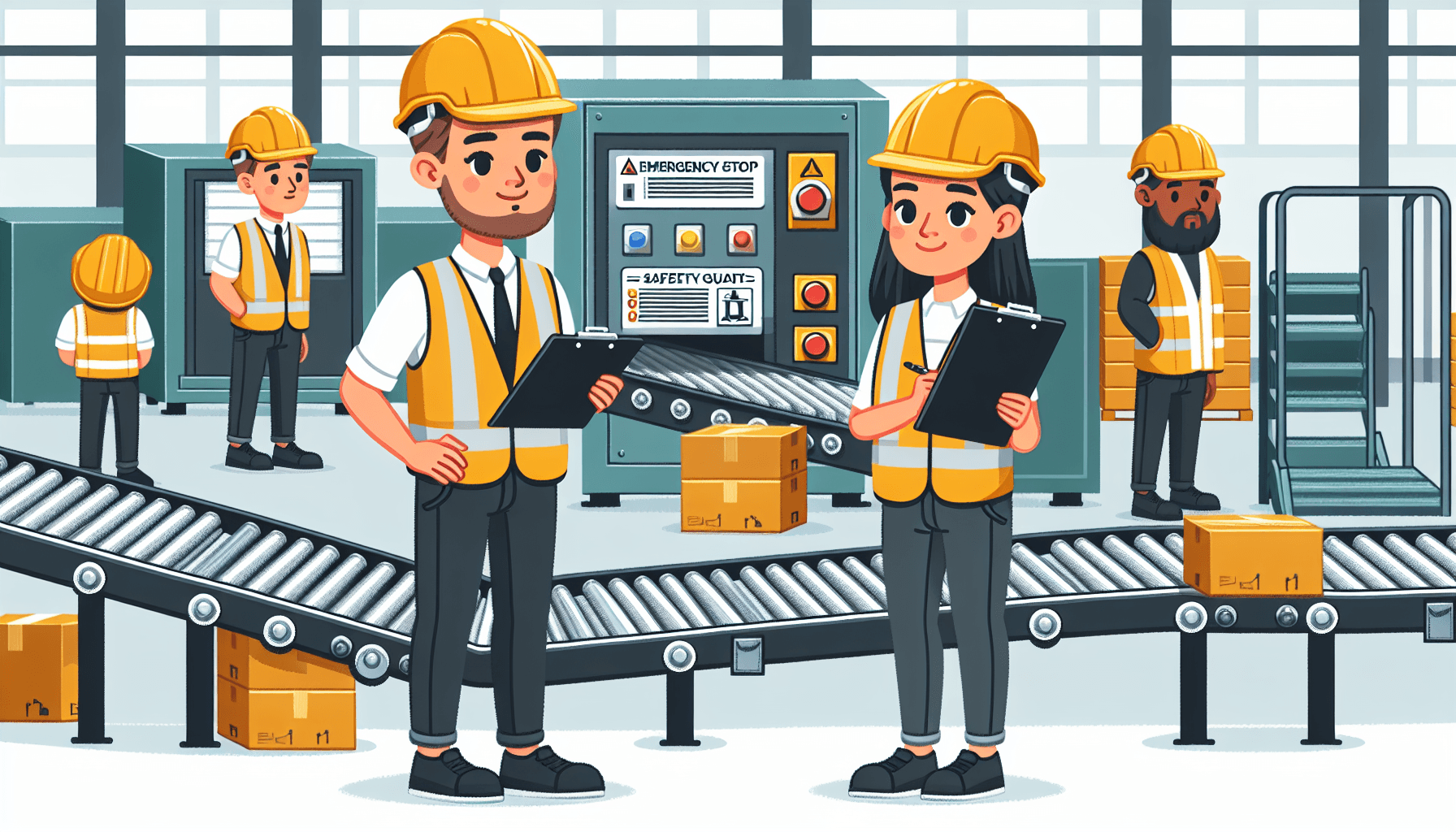Warehouse conveyor systems play a vital role in the smooth operation of warehouses and distribution centers. These systems facilitate the movement of goods and materials, increasing efficiency and productivity. However, with the complexity and speed of modern conveyor systems, it is crucial to prioritize safety and ensure that they are operating in a secure manner. In this article, we will discuss how to evaluate the safety of warehouse conveyor systems and implement necessary measures to protect workers and prevent accidents.
The Importance of Evaluating Conveyor System Safety
Before delving into the evaluation process, it is essential to understand why assessing the safety of conveyor systems is paramount. Warehouse conveyor systems can pose significant risks if not appropriately evaluated and maintained. Accidents related to conveyors can lead to severe injuries or even fatalities, resulting in financial loss, legal complications, and damage to a company’s reputation. Therefore, identifying and mitigating potential hazards is crucial to creating a safe working environment.
Conducting a Safety Assessment
The first step in evaluating the safety of warehouse conveyor systems is conducting a comprehensive assessment. This assessment should involve examining various aspects of the system and identifying potential hazards. Here are some key factors to consider:
1. Conveyor System Design
Start by evaluating the design of the conveyor system. Assess if it is suitable for the intended purpose and meets industry standards and regulations. Consider factors such as the layout, speed, elevation changes, and material handling requirements. Review the system’s capacity and ensure it can handle the expected workload without compromising safety.
2. Emergency Stop Buttons and Pull Cords
Emergency stop buttons and pull cords are critical safety features of warehouse conveyor systems. Ensure that these emergency devices are easily accessible and strategically placed throughout the system. Test them regularly to verify their functionality and effectiveness. Employees should receive proper training on how to use these emergency stop devices appropriately.
3. Guarding
Evaluate the guarding around the conveyor system, including both fixed and movable guards. Ensure that all moving parts, such as belts, pulleys, and rollers, are appropriately guarded to prevent accidental contact. Guards should be sturdy, properly installed, and regularly inspected for any damage or wear. Any identified issues should be promptly addressed.
4. Start-up and Shutdown Controls
Examine the start-up and shutdown controls of the conveyor system. These controls should be designed to prevent unexpected or unintentional activation of the system. Implement measures such as key or code-operated controls to limit access to authorized personnel only. Conduct regular checks to ensure that these controls are functioning correctly.
5. Maintenance and Inspection Procedures
Regular maintenance and inspections are crucial to ensure the continued safe operation of warehouse conveyor systems. Develop and implement a comprehensive maintenance schedule, including lubrication, belt tension adjustments, and component replacements. Regularly inspect the system for any signs of wear, damage, or misalignment. Any identified issues should be addressed immediately to minimize risks.
6. Training and Education
Employee training and education are essential components of maintaining a safe working environment. Develop a comprehensive training program that covers the operating procedures, emergency protocols, and potential hazards related to the warehouse conveyor systems. Regularly reinforce and update training to ensure that employees remain knowledgeable and adhere to safety guidelines.
Implementing Safety Measures
Once the safety assessment is complete, it is crucial to implement the necessary measures to address any identified hazards. Here are some steps to take:
1. Addressing Hazards
Develop a plan to address the identified hazards. Prioritize the most critical risks and implement appropriate engineering controls to mitigate them. This may include modifying the conveyor system design, adding additional guarding or safety devices, or implementing new procedures or protocols.
2. Regular Inspections
Establish a schedule for regular inspections to ensure that the conveyor system and associated safety measures remain in good working condition. Assign qualified personnel to conduct these inspections and provide them with the necessary training and resources. Regular inspections are essential to identify and address any emerging risks promptly.
3. Ongoing Training and Communication
Continuously educate and train employees on conveyor system safety. Regularly communicate any updates or changes in safety protocols and procedures. Foster a culture of safety by encouraging employees to report any safety concerns promptly.
4. Incident Reporting and Investigation
Implement a robust incident reporting and investigation process. Encourage employees to report any accidents, near misses, or safety concerns. Investigate these incidents thoroughly to identify root causes and take corrective actions to prevent future occurrences.
By evaluating the safety of warehouse conveyor systems and implementing necessary measures, businesses can ensure the well-being of their workers and maintain efficient operations. It is essential to regularly review and update safety protocols to adapt to changing circumstances and industry advancements. Investing in conveyor system safety is a proactive approach that pays off in terms of reduced accidents, increased productivity, and overall business success.
For more information on warehouse safety evaluation, visit https://www.hcoinnovations.com/warehouse-safety-evaluation/.

